PORTLAND, Ore. — The devastating Labor Day Fires of 2020 burned more than a million acres across Oregon and Washington. While the flames subsided long ago, their impact continues to reshape the region’s forests. New research from Portland State University shows that thousands of trees which initially survived are now dying years later, threatening the long-term recovery of Cascade forests.
Fires That Changed the Landscape
The 2020 Labor Day windstorm created a perfect storm for wildfires. Dozens of fires erupted simultaneously, fanned by dry conditions and hurricane-force gusts. Five of them — Beachie Creek, Holiday Farm, Archie Creek, Lionshead, and Riverside — grew into “megafires,” each consuming more than 100,000 acres on the west side of the Cascades.
Yet wildfires rarely burn evenly. Geography, wind patterns, and forest management practices created a patchwork landscape. Amid charred hillsides, the blazes left behind green islands of trees — intact patches of forest that appeared untouched.
These remnants were seen as vital to recovery, offering shelter for wildlife and acting as seed banks to repopulate burned areas. But as researchers discovered, many of these living islands are not surviving the years that follow.
Tracking the “Green Islands”
For three years, PSU forest ecologist Andrés Holz and his team studied the fate of tree islands left within the scars of the Labor Day megafires. They used high-resolution satellite imagery to monitor survival rates across thousands of acres.
Their findings, published in the journal Landscape Ecology, were stark:
-
Tree islands smaller than a football field often vanished entirely within three years.
-
Overall, the amount of living forest inside fire boundaries dropped by 8.5% in just a few years.
-
Mature conifers, though hardy, were among the most likely to die during this delayed decline.
Holz explains the pattern as a combination of delayed injury and increased exposure. Many trees were damaged by the fires — scorched bark, compromised roots, or weakened vascular systems — but lingered before succumbing. Meanwhile, smaller forest patches lacked the protective canopy of larger stands, leaving soils drier, roots more exposed, and individual trees vulnerable to stress from wind and sun.
Why It Matters for Forest Recovery
The die-off of these patches has major implications for Oregon’s forest ecosystems.
-
Wildlife habitat: Fragmentation reduces safe zones for birds, rodents, and other species that rely on continuous canopy cover.
-
Seed dispersal: Researchers estimate nearly 20,000 acres of burned forest lost access to nearby seed sources when green patches died out. Without seeds, natural regeneration stalls.
-
Ecosystem resilience: Smaller, more fragmented forests are less able to withstand future disturbances, whether drought, disease, or additional fires.
“These green islands were supposed to be the anchors of recovery,” Holz says. “When they collapse, the whole system faces setbacks.”
Guidance for Forest Management
The PSU study highlights opportunities for land managers to adapt strategies for post-fire landscapes. Among the recommendations:
-
Targeted replanting: Identify areas where seed banks have vanished and prioritize them for tree planting.
-
Avoid over-logging: Refrain from salvage logging in surviving patches that could still serve as critical refuges.
-
Support larger patches: Protect bigger intact areas that are more resilient against exposure and long-term die-off.
By learning which green islands are most likely to survive, managers can allocate limited resources more effectively.
A Long Road Ahead
Five years after the Labor Day Fires, the scars remain visible across the Cascades. For many Oregonians, the memory of those wind-driven blazes is still fresh. But as PSU’s research makes clear, the fires’ delayed impact is still unfolding — and will continue shaping the forests for decades to come.
Whether Oregon’s forests can recover depends not only on the resilience of trees that survived the flames but also on the choices humans make now to guide restoration.

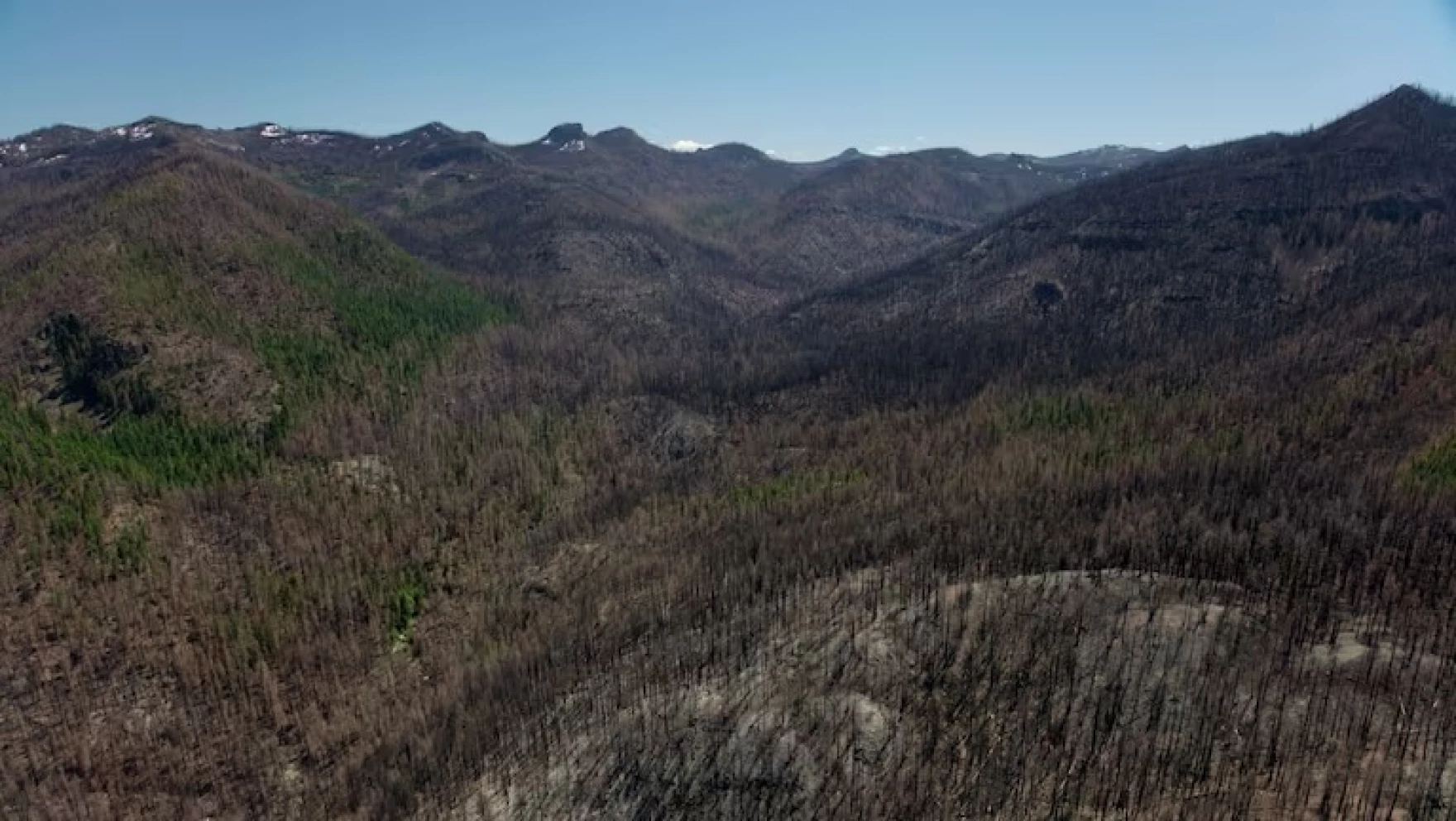
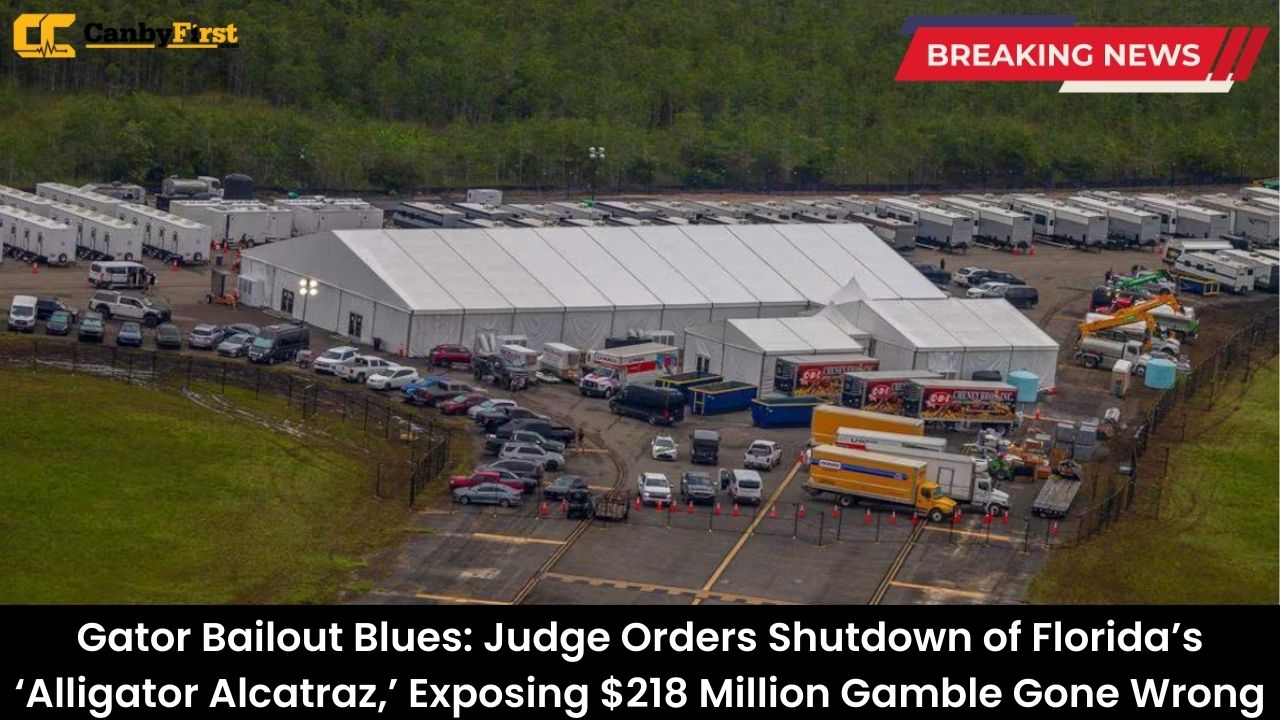
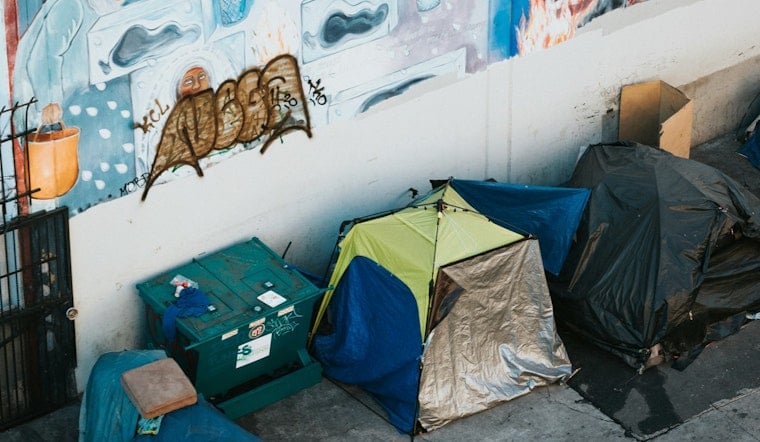
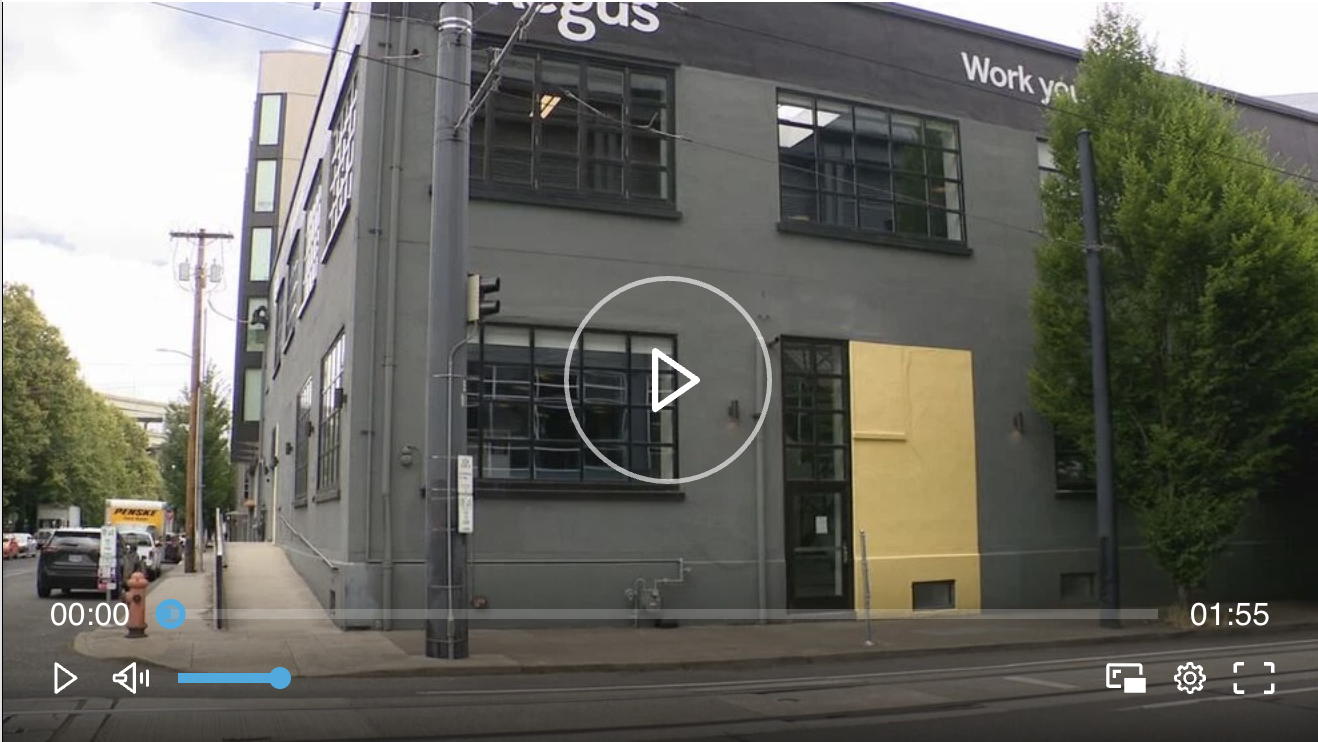
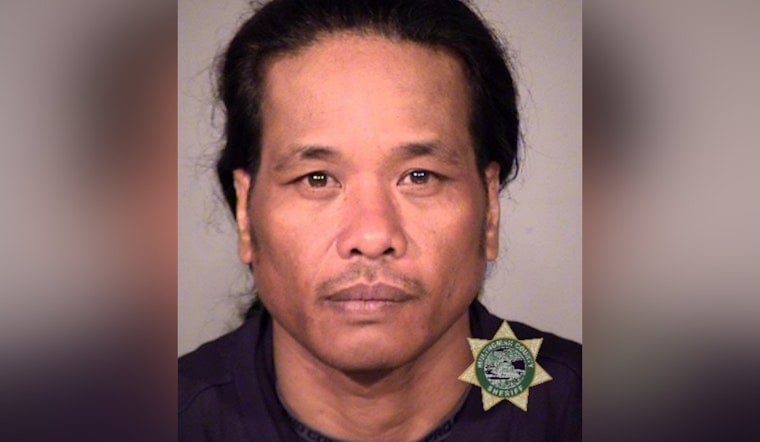
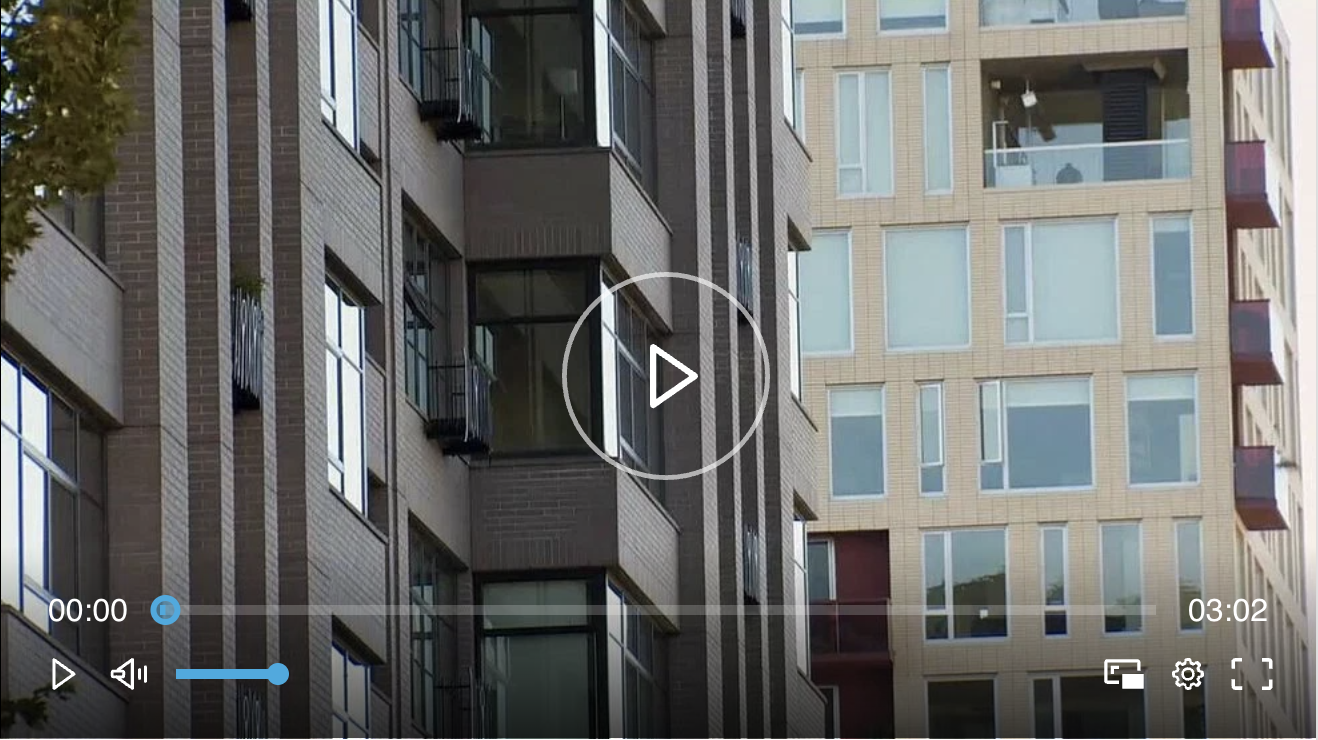

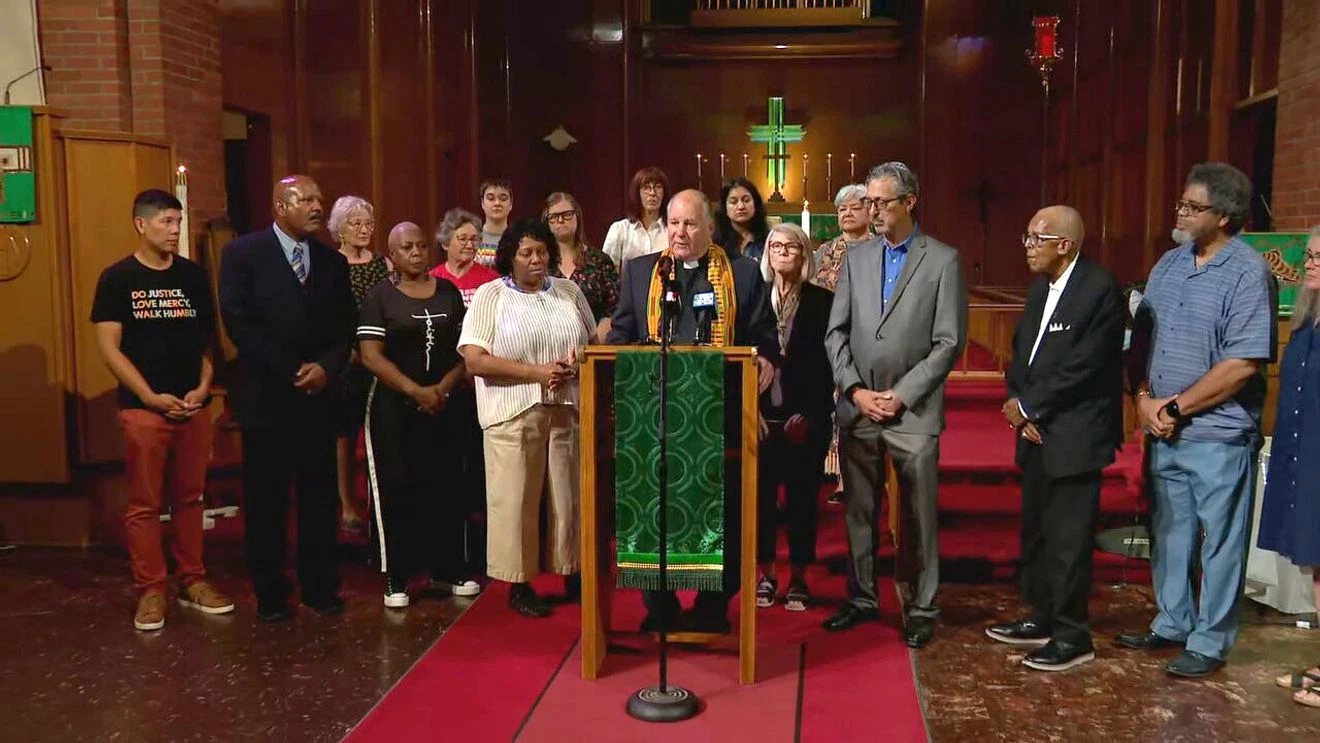


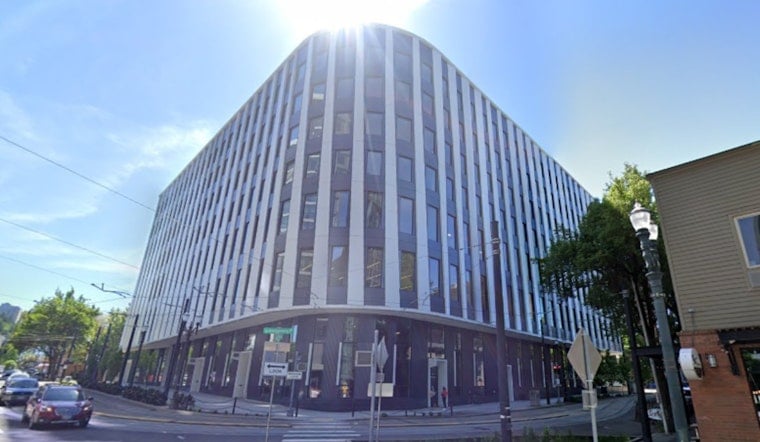

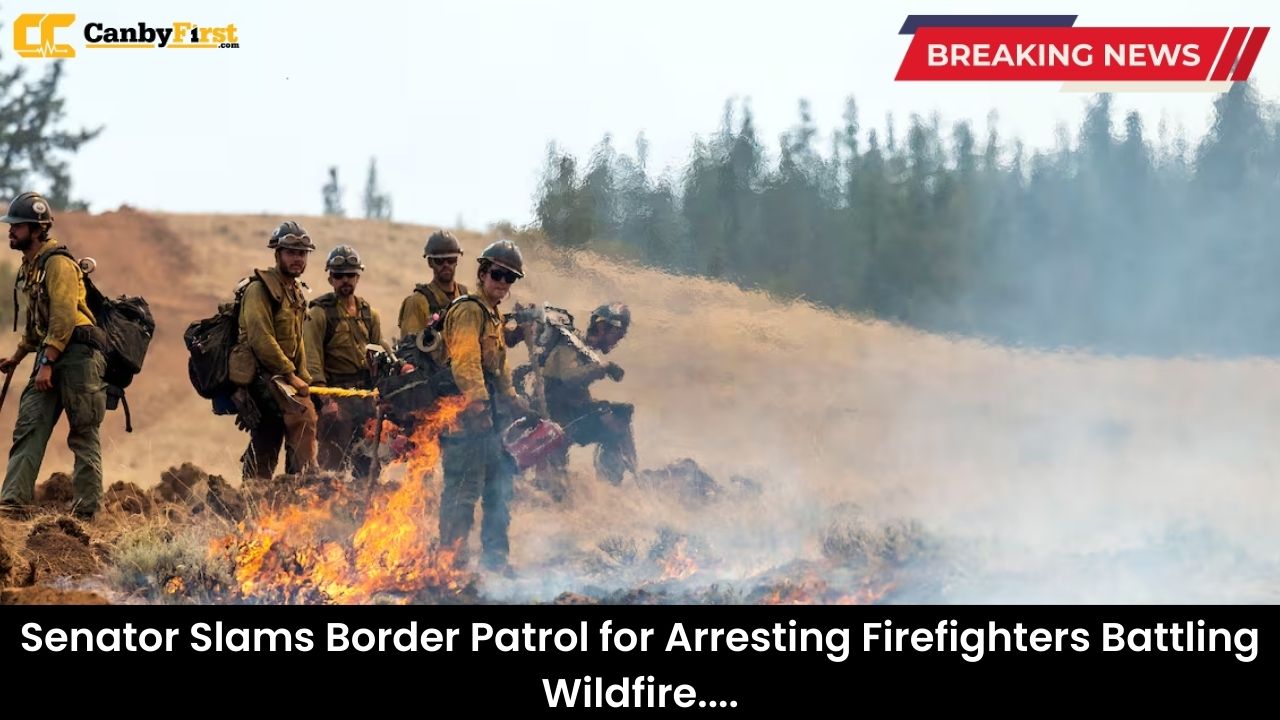

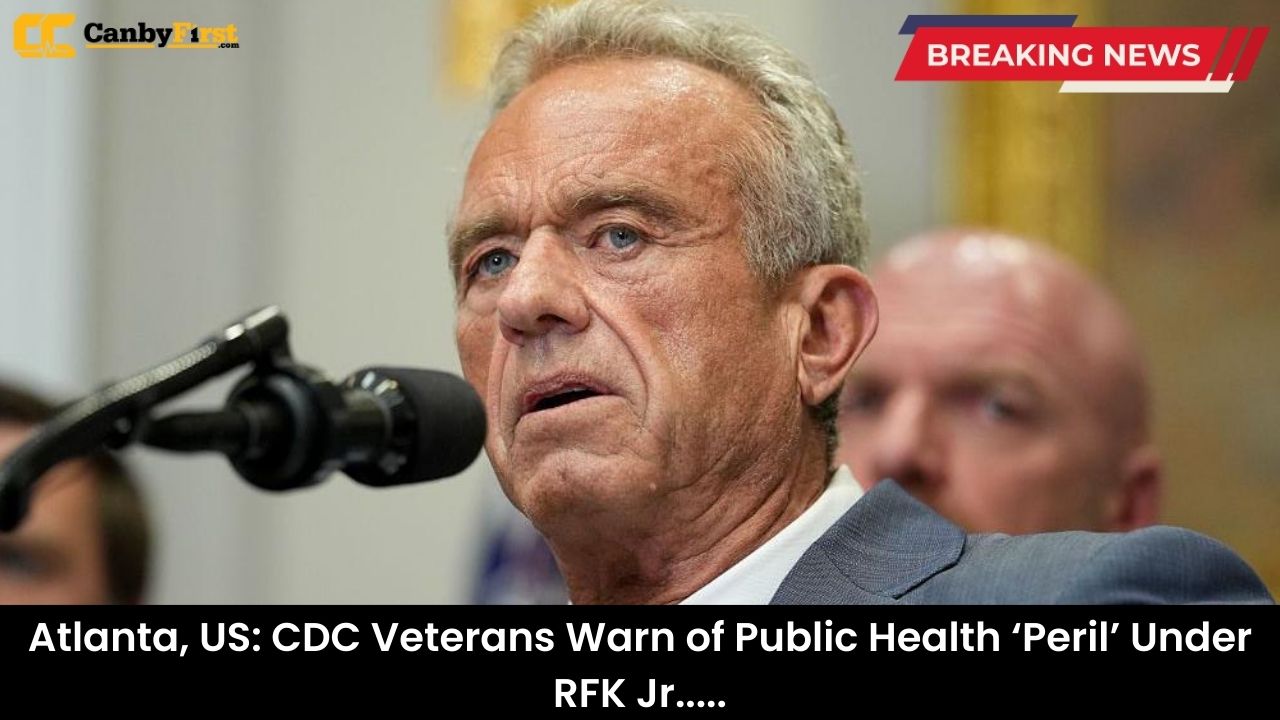
Leave a Reply